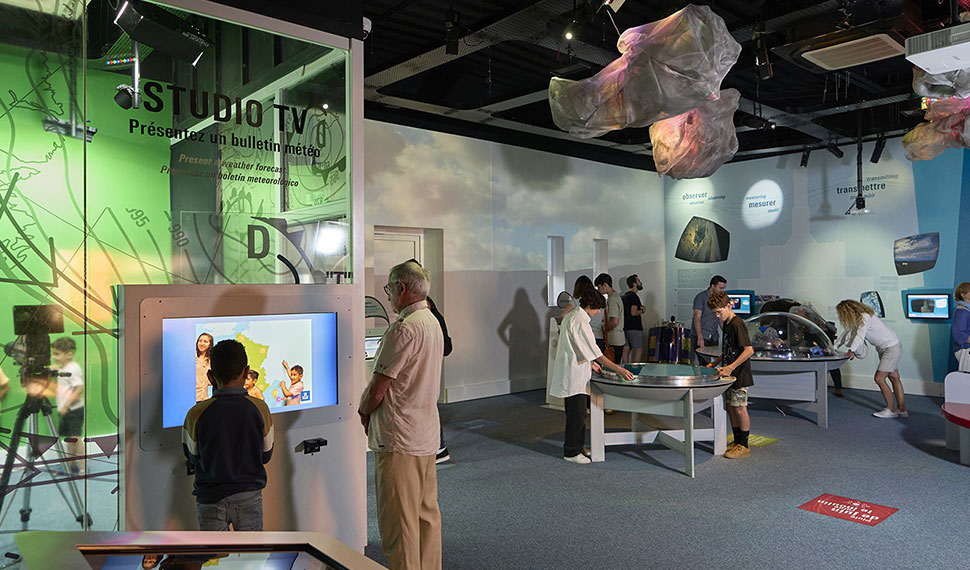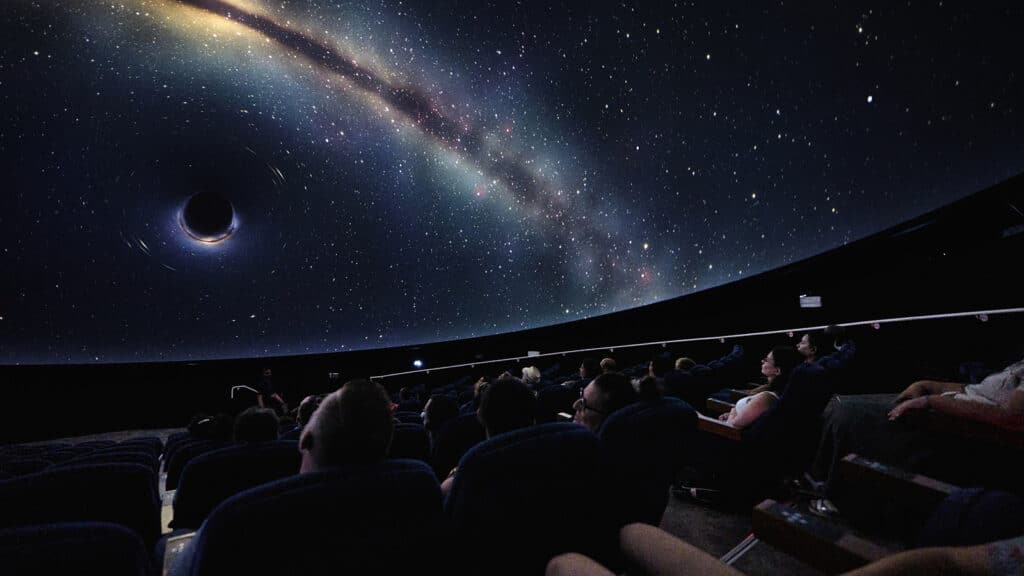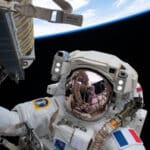Share
THE WEBB HAS ARRIVED AT ITS DESTINATION
Published on 05 August 2022
After a journey of one month, NASA's space telescope, with European and Canadian involvement, has taken up orbit around the Lagrange L2 point, 1.5 million kilometres from Earth.
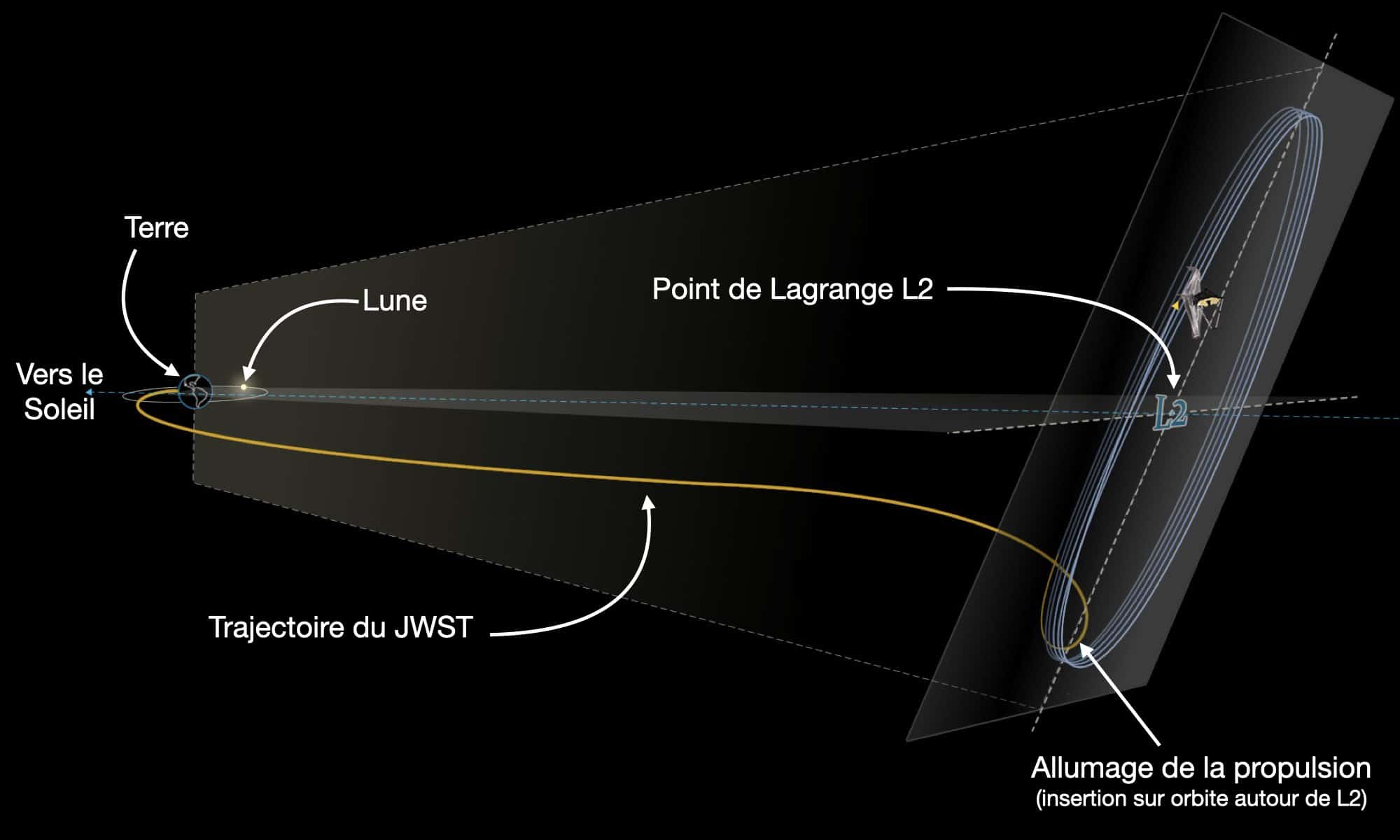
Launched on 25 December 2021 by Ariane 5, the James Webb Space Telescope (JWST also more simply called Webb) is the biggest space observatory with its main mirror of 6.5m. This NASA programme is carried out in cooperation with the Canadian Space Agency (CSA) and the European Space Agency (ESA). The latter provide instruments while ESA also took care of sending the telescope into space, which explains the use of Ariane 5 from the Guyana Space Centre.
DESTINATION L2 FOR WEBB
Because of its extraordinary size for a space observatory, the Webb took off folded up inside the European launcher’s nose cone. For two weeks, its parasol, as big as a tennis court, its main mirror and various devices deployed as planned (which represented a real technical challenge).
The other much anticipated stage was the arrival of the telescope around the Lagrange L2 point, 1.5 million kilometres from our planet. Here too it was a great success on 24 January 2022 at 8 p.m. (mainland French time). The Webb engines started up for 297 seconds to put it into orbit around this gravitational balance point between the Earth and the Sun.

Diagram showing JWST’s trajectory and its orbit around L2. Credit: NASA/Cité de l’espace (translation and adaptation)
The Lagrange points owe their name to the French mathematician, born in Italy, Joseph-Louis Lagrange (1736-1813). These points are positions in space where the gravity fields of two bodies are balanced. There are five in total.
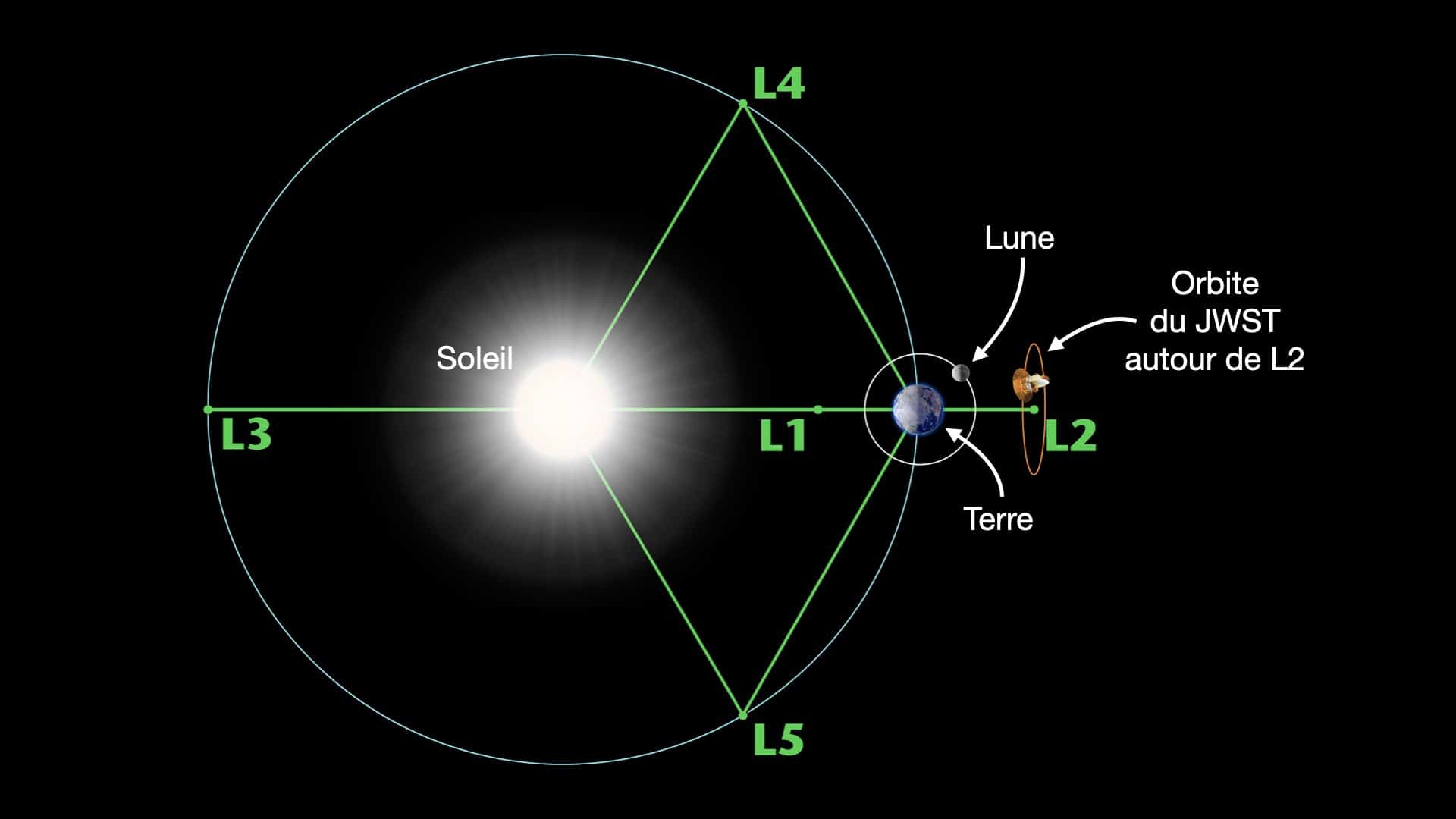
The five Lagrange points in the Earth-Sun system. The JWST is positioned around L2. Credit: Cité de l’espace/ Paris Observatory
In a rather counter-intuitive way, one of these balance points is not located between the Earth and the Sun, but 1.5 million kilometres from our planet, away from our star. This is L2.
A FASCINATING ORBITAL MERRY-GO-ROUND
For a space telescope such as the Webb, orbiting L2 has several advantages. Actually, other space observatories (WMAP, Planck, Herschel and Gaia) have previously taken advantage of them. First of all, the distance means that JWST is sufficiently far from the heat of the Earth which could disturb its operation. Then, it will never enter our planet’s shadow nor that of the Moon. Its solar panels will therefore always be illuminated by the Sun. Note that the Webb is not exactly on L2, but it orbits this point around every six months. The distance between it and L2 varies from 250,000 to 832,000 km. Above all, as L2 moves with the Earth, the telescope remains therefore both far from and close to us. The video animation below allows a better understanding of this fascinating orbital merry-go– round.
Orbiting around L2 requires, however, a bit of “maintenance.” Understand that Webb’s engines will regularly be required to make the necessary corrections and ensure the stability of the orbit.
Manoeuvres of this kind will take place every 21 days. Successfully deployed and now arrived at its workplace, the James Webb Space Telescope is now entering an adjustment phase for its optics and its instruments. Four or five months from now primary observations of the sky will allow us to calibrate the instruments. Then the scientific phase can start.
